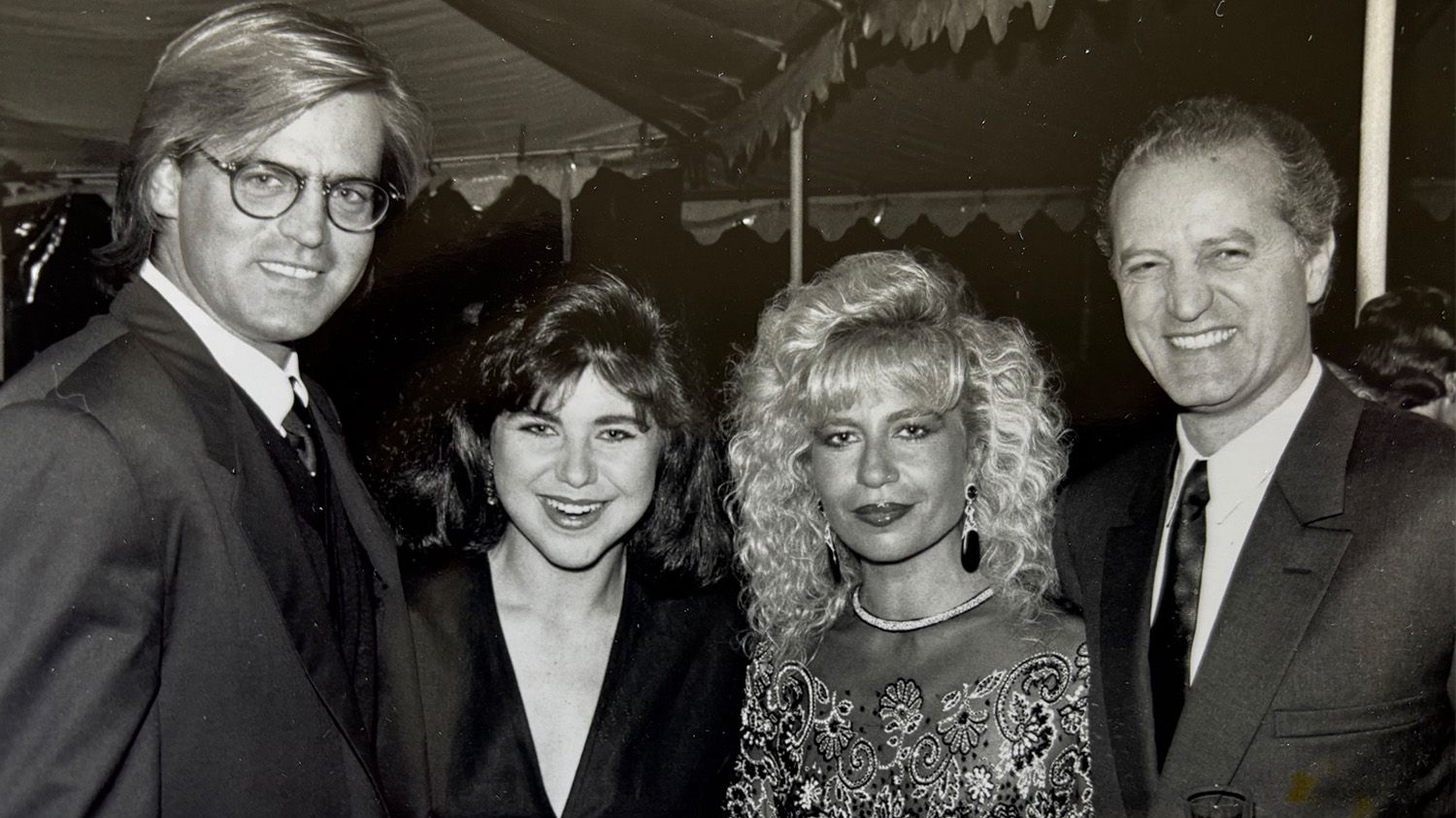The 3 Steps to Creating Money

Want to listen to this article instead? Tune into my weekly solo-cast, Amateur to Pro here.
In my work, limiting beliefs around money are some of the hardest to unearth and transform. Most of us are still carrying around our great grandparents’ beliefs about money and allowing them to decide our present day to day actions.
But the problem is actually bigger than that. The problem is that we are also unwittingly transferring those beliefs to our children — beliefs that made sense to our grandparents but today harm our children’s ability to create prosperity.
The scarcity mindset that our forefathers understandably developed during times of war and economic hardship, once passed down to our children, will not make them more financially responsible, as we hope! On the contrary, it will make them more fearful and confused about their relationship with money.
My father spent his early childhood in the Jewish ghetto of Tehran. Seared into his memory are the long walks to school in the dead of winter wearing ill fitting shoes and the frightful middle of the night walks through a dark backyard in search of the hole in the ground that served as the bathroom for the entire family.
I, on the other hand, was born into a wildly different container of life in 1965 because in the three decades that followed, my father was able to create financial abundance for himself and his family.
My father is only 22 years older than I am, but the difference between the world he was born into and mine is that of centuries, not decades.
His beliefs around money are shaped by circumstances I cannot even begin to imagine! Yet those beliefs are embedded in me, probably just like your parents’ beliefs are embedded in your subconscious. To create prosperity, we need to start by questioning them.
Consider my simple, but far from easy, three step invitation.
Step 1: Change your mindset
Instead of blindly carrying forth beliefs that are in most cases, hundreds of years old, we need to first start with dropping the existing and creating new ones — beliefs that are healthy, useful and attune with our present times and lives.
Only when we have acknowledged and examined the above, can we begin to understand how money is created and its two governing principles.
Step 2: Understand two major facts (which no one talks about)
1. Money is a result
Unless we are thieves or con artists, money is created in only one way. It is exchanged through the buying and selling of goods and services. For example, if you provide a service, you create (or make) money as a result of exchanging your service with an interested party.
So many of the young adults I coach are often frozen thinking, “How am I going to make money?” when they should be thinking, “What can I offer that others are willing to exchange money for?”
2. Money is neutral
It doesn’t matter if your dad said money was the root of all evil, or your mom talked about money like it had some kind of personality — the truth is that money is neutral. It’s not about you or me (unless we make it so).
It’s simply how we exchange value in our society. Before paper money, we used commodities like grains, cattle and salt.
Now that you understand that money is both neutral and a result, the last step is to get to work towards creating it.
Step 3: Start creating money!
Amateurs move straight to selling.
They think, “I have something and I need to make you buy it from me.” They try relentless convincing tactics to prove the monetary worth of their product or service. They fall for shortcuts and people who promise to teach them how to become excellent at selling.
Pros know there is a better, more impactful and authentic way to create money.
Pros begin by serving.
They serve by letting you experience (not just hear about) the benefits of their product or service. They serve by doing their homework and making an offer only when they are absolutely certain the exchange will be rewarding for both you and them. They serve by listening and caring. They serve by putting themselves in their buyer’s shoes and solving problems without any guarantee of payment. They serve by creating a relationship, not just a sale.
I know what you’re thinking.
How can we practice serving rather than selling without being taken advantage of?
Bookmark this post and tune in next week. I will be talking more about how to create prosperity through service, not selling.







